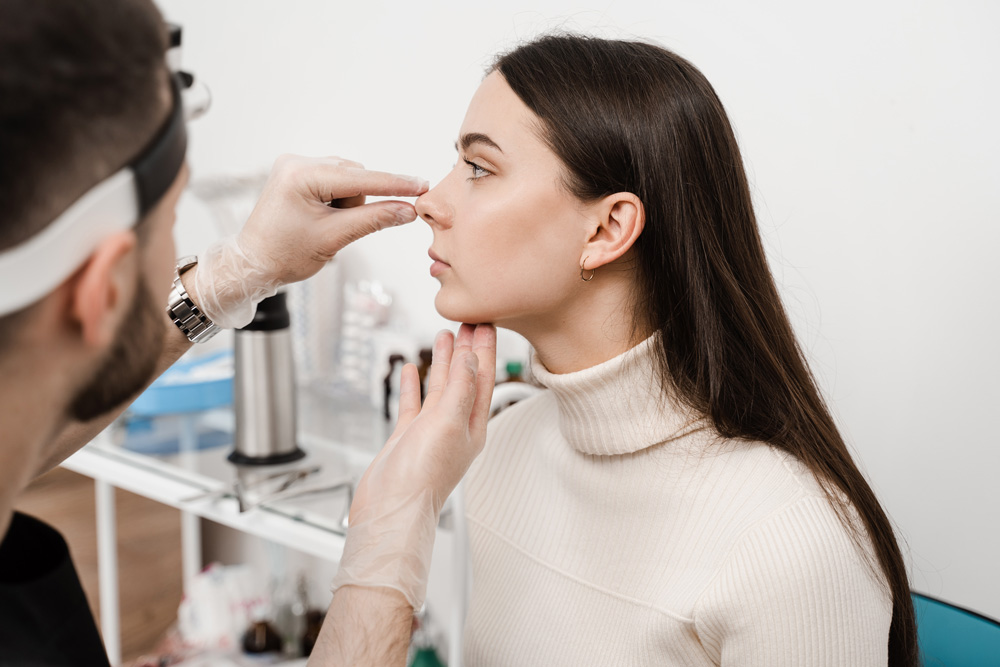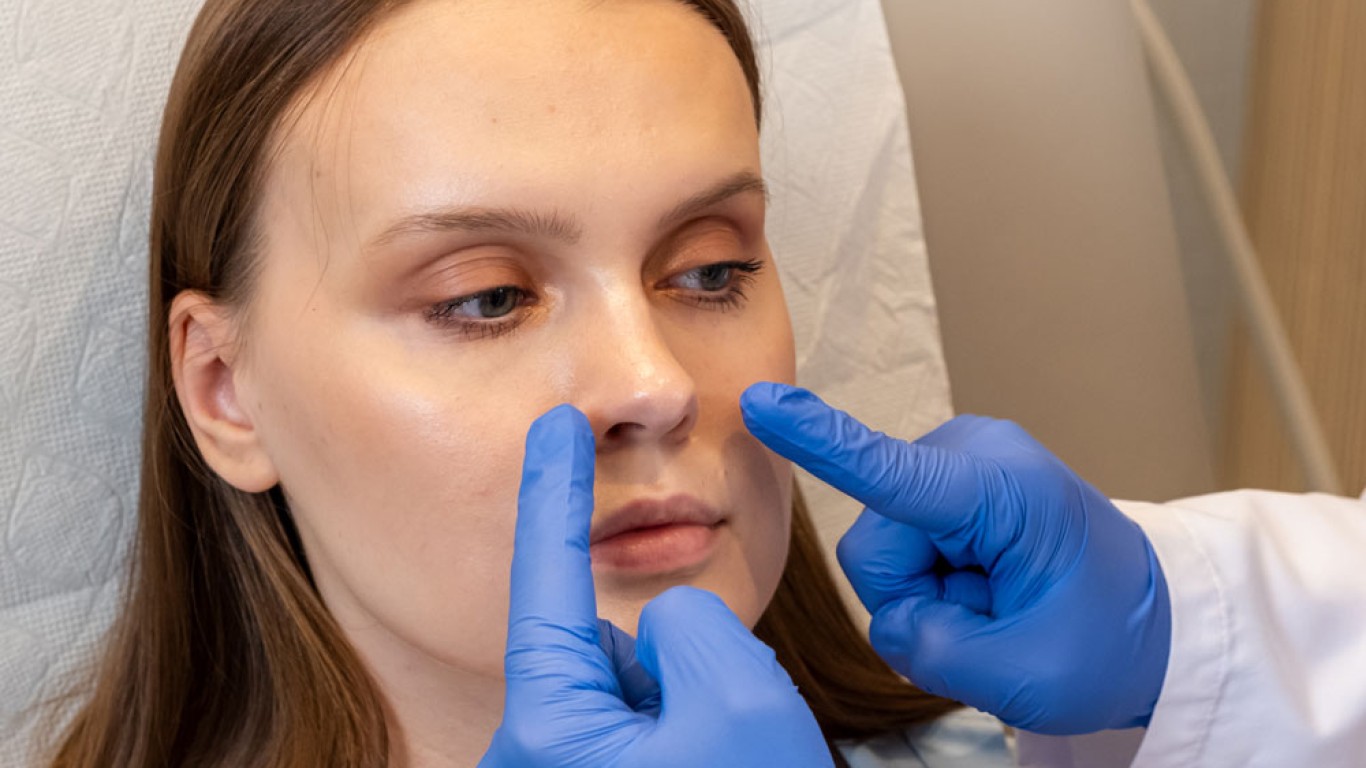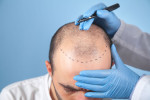A broken nose is one of the most common facial injuries. Whether caused by sports, accidents, or falls. It can leave lasting changes in both appearance and breathing. Some fractures will heal naturally. However, others require surgical correction to restore symmetry and function. This article follows the treatment timeline, from the break to surgery, recovery, and long-term results. Read on to learn how surgery restores balance after a broken nose.
The Injury: When a Nose Breaks
The nose sits at the centre of the face, making it vulnerable to trauma. A sudden impact may cause the nasal bones or cartilage to fracture. Immediately, swelling, pain, and bruising usually appear. In some cases, the nose looks visibly crooked. Breathing may also become difficult if the fracture blocks the airway. Although some injuries are mild, others alter the structure permanently. Understanding the severity of a broken nose is important. It is the first step in deciding whether surgery is needed.
Early Assessment: First Days After Injury
Within the first few days, swelling makes it hard to judge the true shape of the nose. Doctors often recommend waiting until swelling subsides before a full assessment. During this period, X-rays or CT scans may be used to examine the damage. Minor fractures may heal without surgical intervention. However, if the nose appears misaligned or breathing is impaired, surgery is usually recommended. Early evaluation ensures the right treatment plan is made.
The Short-Term Fix for Broken Nose: Closed Reduction
In some cases, a simple procedure called closed reduction can help. This is especially helpful within the first two weeks of injury. This involves realigning the nasal bones without major incisions. Under local or general anaesthesia, the surgeon carefully repositions the nose. The procedure is quick, and external splints support healing. However, closed reduction is only suitable for specific breaks. For more complex fractures or old injuries, reconstructive surgery is required.
The Surgical Solution: Rhinoplasty for a Broken Nose
When the break is severe or long-standing, rhinoplasty is the main surgical solution. The procedure not only restores shape but also improves breathing. Surgeons begin by making incisions inside the nostrils or across the columella. The fractured bones and cartilage are then reshaped or repositioned. In some cases, grafts may be added for stability. Once the structure is corrected, the nose is carefully sutured and supported with splints. Surgery usually takes a few hours at most. But the results are much longer lasting, providing a solution for years to come.
Broken Nose Recovery Timeline After Surgery
Recovery after surgery for a broken nose unfolds in stages:
- First week: Swelling and bruising peak but gradually improve. Splints or dressings protect the nose.
- Two weeks: Stitches or splints are removed. Patients often return to work or light activities.
- One month: Most bruising fades, and the nose appears more natural. Breathing often improves.
- Three to six months: Swelling continues to reduce. The final shape becomes clearer.
- One year: The nose is fully healed, with balanced function and refined appearance.
Patience is key, but most patients find recovery manageable and rewarding.

Benefits of Surgery for a Broken Nose
The benefits go beyond physical repair. Surgery restores symmetry, giving the face a natural balance again. Breathing often improves, especially when the septum is corrected alongside the fracture. Many patients actually describe feeling more confident once their nose looks aligned. The change is not only cosmetic but also functional. Overall, surgery after a broken nose helps patients feel whole again, both physically and emotionally.
Cost of Broken Nose Surgery
The cost of surgery for a broken nose depends on multiple factors. These include location, complexity, and technique. In the UK, prices usually range between £4,000 and £7,000. In the USA, costs can exceed £10,000, particularly if combined with septoplasty. In Turkey, procedures are often more affordable, averaging £2,000 to £5,000. While cost is a very important factor, many patients view the investment as life-changing.
The Long-Term Outlook after a Broken Nose
Surgery for a broken nose offers results that last for many years. Once healing is complete, the nose looks natural and balanced. Breathing remains improved, allowing for easier daily life. Ageing may bring gradual changes, but the corrected structure generally stays stable. Many patients describe the difference as subtle yet powerful, restoring both confidence and comfort. Altogether, the long-term outlook after surgery for a broken nose is positive and rewarding.
The Emotional Side of a Broken Nose
Beyond physical discomfort, a broken nose often affects confidence. Some patients feel self-conscious about asymmetry or avoid photos altogether. Surgery not only restores structure but also eases this hidden emotional burden. Looking in the mirror and seeing balance can feel like regaining a part of yourself. For many, emotional relief is as valuable as physical correction.
Conclusion
A broken nose can change both appearance and breathing. Surgery can provide a reliable way to restore shape and facial harmony. From initial assessment to full recovery, the process is structured, safe, and transformative. The benefits extend beyond symmetry. Surgery helps patients breathe more clearly, and ultimately feel more confident. Broken nose surgery is about restoring balance to the face and the patient’s life!
For more information and to book a consultation visit the ACIBADEM Beauty Center Rhinoplasty webpage.
Frequently Asked Questions
If breathing is impaired or the nose looks crooked, surgery may be required.
Closed reduction is best within two weeks. Rhinoplasty can be done later if needed.
Yes, once healed, results are long-lasting, improving both shape and function.
Costs range from £2,000 in Turkey to over £10,000 in the USA.
Yes, correcting fractures often improves airflow and reduces nasal blockages.














